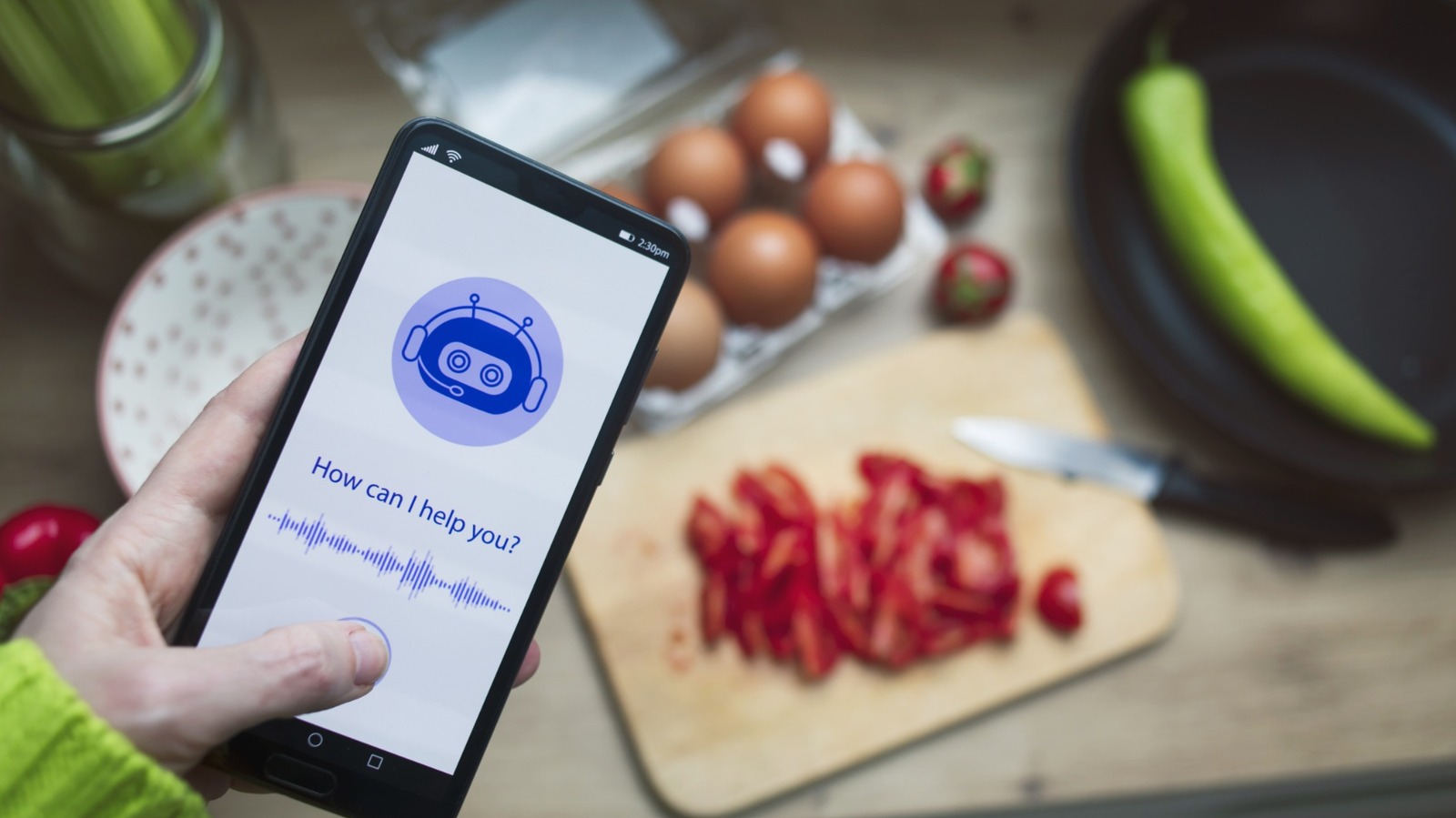
"The world of food blogging and online recipes is flooded with AI-generated content. Just how bad is the situation? Reelmind says 68% of home cooks use AI recipes at least once a week. Information made stunning by the fact that the stat and the source are essentially fictional - an AI article about how many cooks use AI recipes. However, it's not wrong to say that AI recipes are slowly becoming ubiquitous."
"Recipes that have unrealistic images are a sure giveaway. Some AI-generated photos are easier to spot than others, often featuring glossy or unrealistic elements. The instructions may also be vague, repetitive, or worded strangely. If the recipe glosses over important steps or uses language that is too formal or inappropriate for cooking, consider that a red flag. AI tends to hallucinate or forget things. Look for outlandish instructions, like a recipe that asks you to put horseradish in your brownies."
AI-generated recipes are becoming common online and sometimes appear alongside fabricated statistics and sources. Unrealistic or glossy images, vague or repetitive instructions, odd phrasing, and missing crucial steps signal AI-generated recipes. AI can hallucinate ingredients or steps, producing outlandish or dangerous guidance such as inappropriate ingredient combinations. Videos showing a person cooking step-by-step and websites with verifiable histories and reasonable posting frequencies indicate human-tested recipes. The AI recipe market was valued at $610 million in 2024, and services train models to create high-end dishes, but real people still need to test and validate recipes.
Read at Tasting Table
Unable to calculate read time
Collection
[
|
...
]